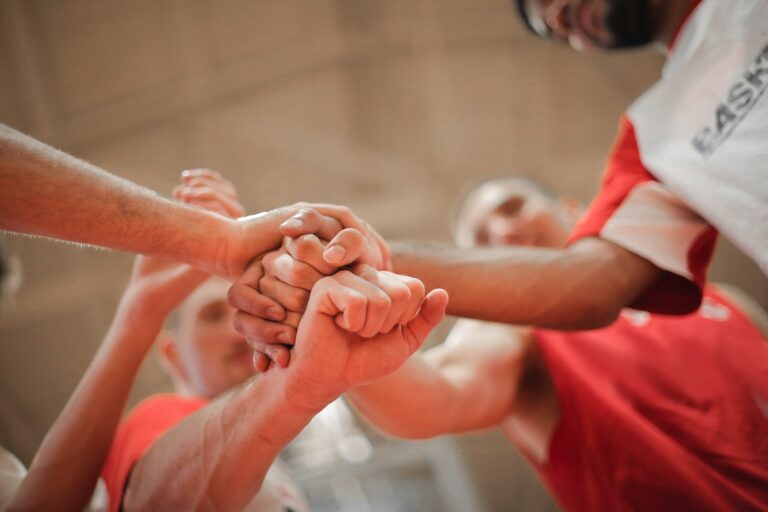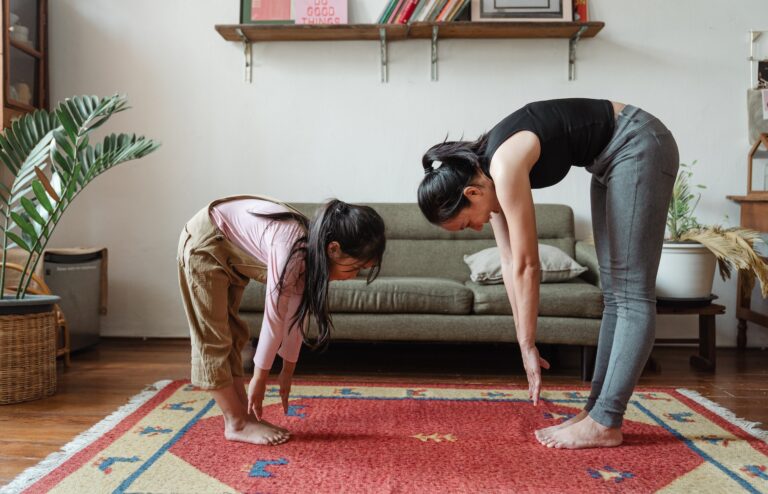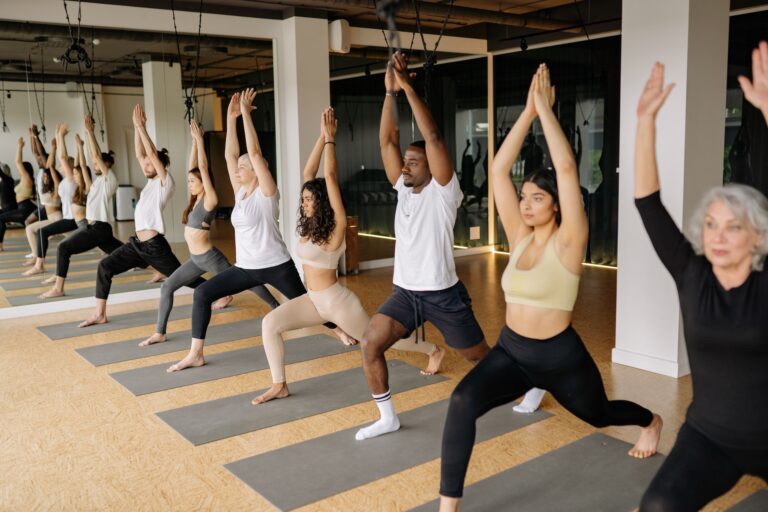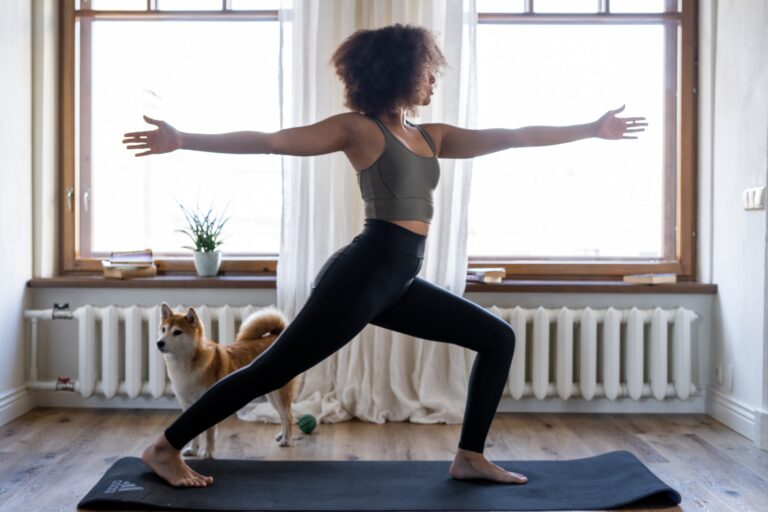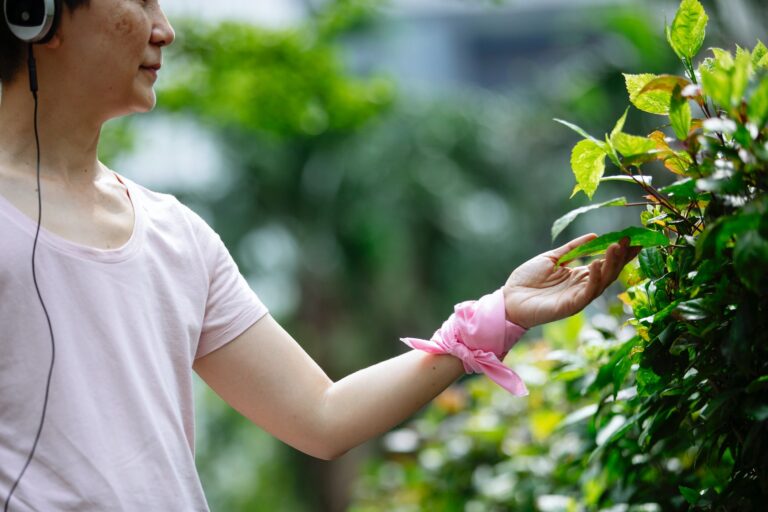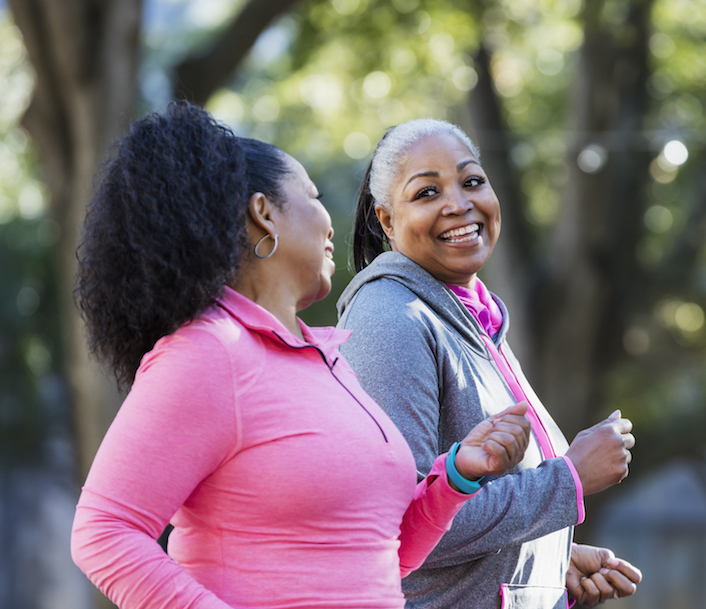Why Staying Active in Winter Matters
Winter can be challenging, especially with shorter days and colder weather influencing our activity levels. But staying active is crucial, particularly for anyone. Regular physical activity during these colder months can help combat Seasonal Affective Disorder (SAD), maintain physical health, support immune function, and promote mental well-being. Engaging in exercise, even indoors, enhances our mood, keeps our bodies strong, and ensures we’re living a vibrant life.
The Benefits of Winter Activity
Physical activity, regardless of the season, is a cornerstone of vibrant living. It strengthens muscles, boosts heart health, and improves balance, reducing the risk of falls. Exercise also releases endorphins, the body’s natural mood elevators, helping to brighten our days even when the sun is scarce.
Indoor Activities for a Healthy Winter
- Home Workout Routines: The internet is a treasure trove of exercise videos tailored for older adults. From chair yoga to light aerobics, these routines are designed to keep you moving safely within the comfort of your home.
- Swimming and Water Aerobics: Many community centers offer indoor swimming and water aerobics classes. These low-impact exercises are gentle on the joints and effective for improving cardiovascular health and muscle strength.
- Yoga and Stretching: Yoga and stretching are excellent for maintaining flexibility and balance. Regular practice can also provide mental calm and stress relief. There are many online classes available, ranging from gentle movements to more challenging poses.
- Stair Climbing: If you have access to stairs, use them to your advantage. Stair climbing is an excellent cardiovascular exercise and helps build leg strength.
- Engaging in Chores: Never underestimate the power of household chores to keep you active. Vacuuming, dusting, and organizing can be surprisingly effective in keeping you moving and can be a great way to stay active indoors.
Winter is a season to embrace warmth and activity. By finding ways to stay active, we not only nourish our bodies but also keep our spirits high. At Sage Collective, we encourage each other to explore different forms of indoor exercises and find joy in movement, even as the snow falls outside.
Let’s remember, that each step we take towards staying active this winter is a step towards sustaining a vibrant and fulfilling lifestyle.



